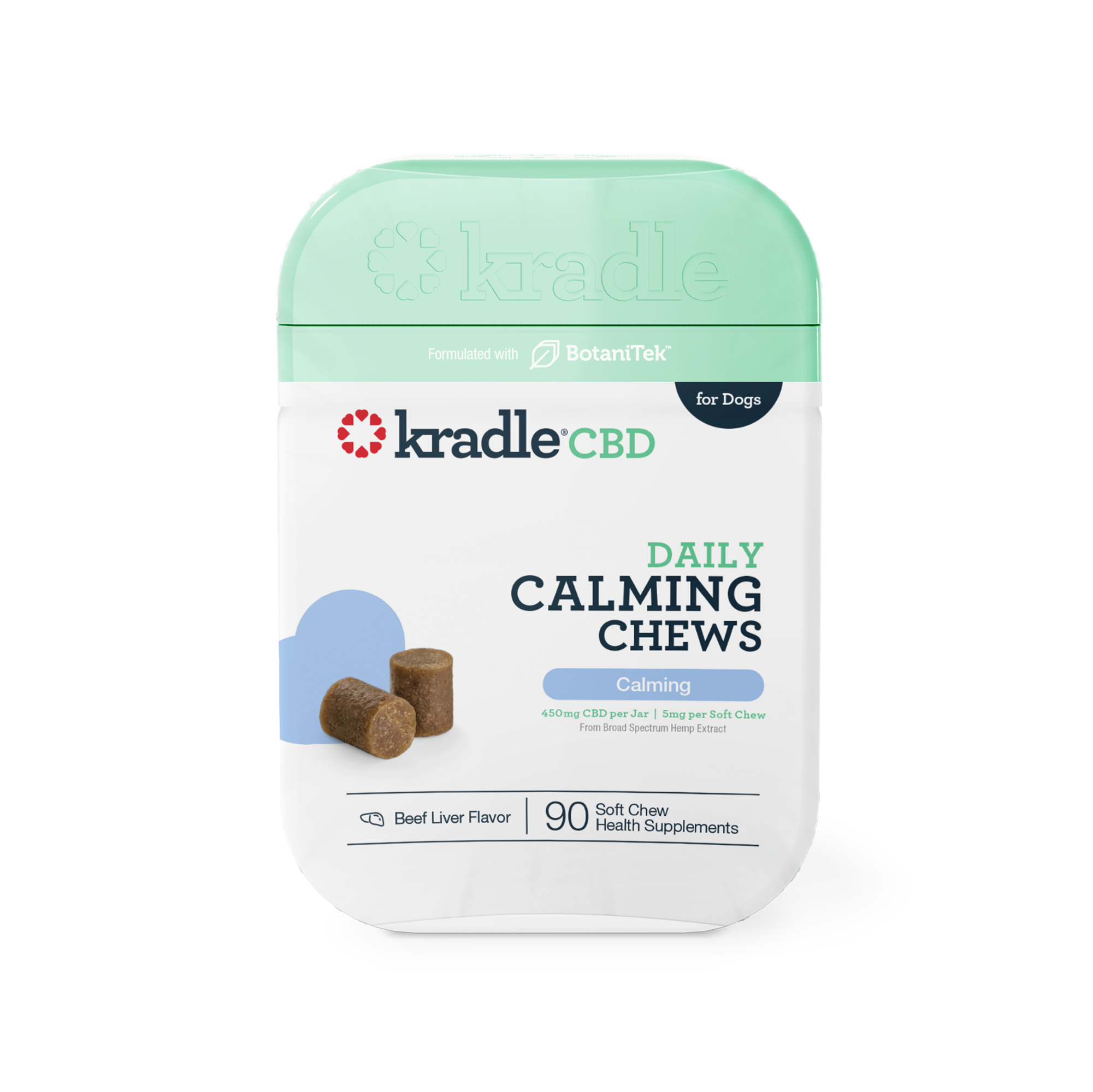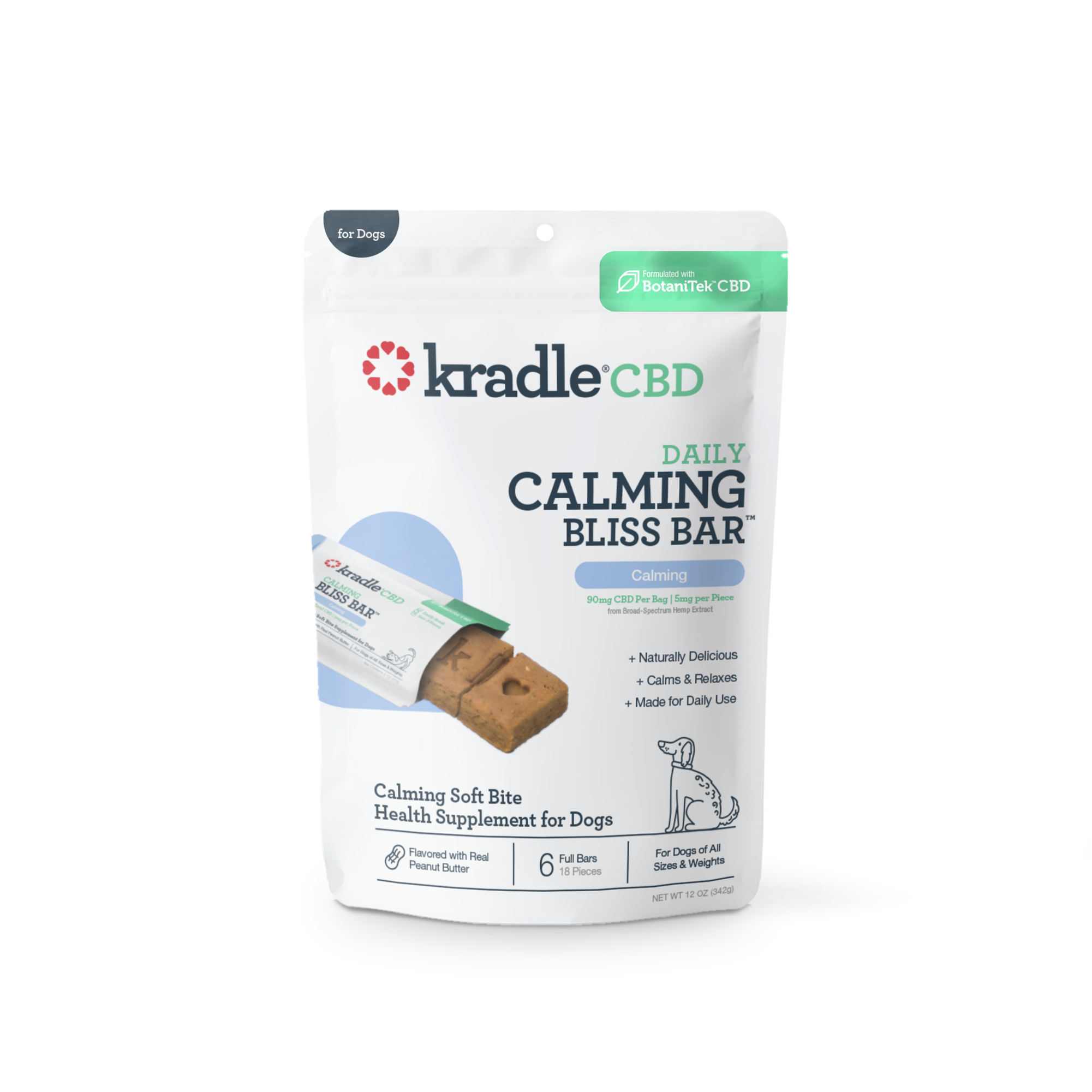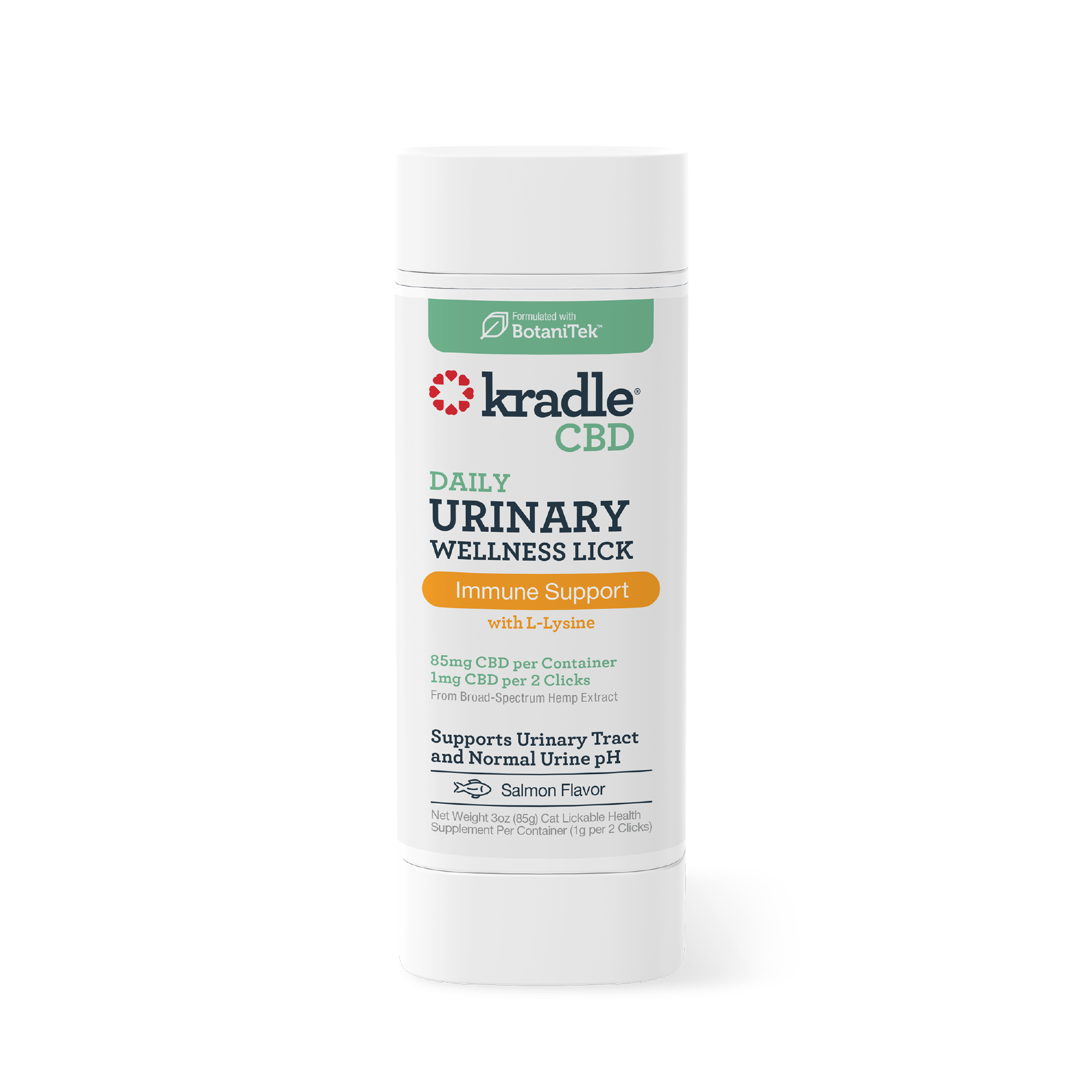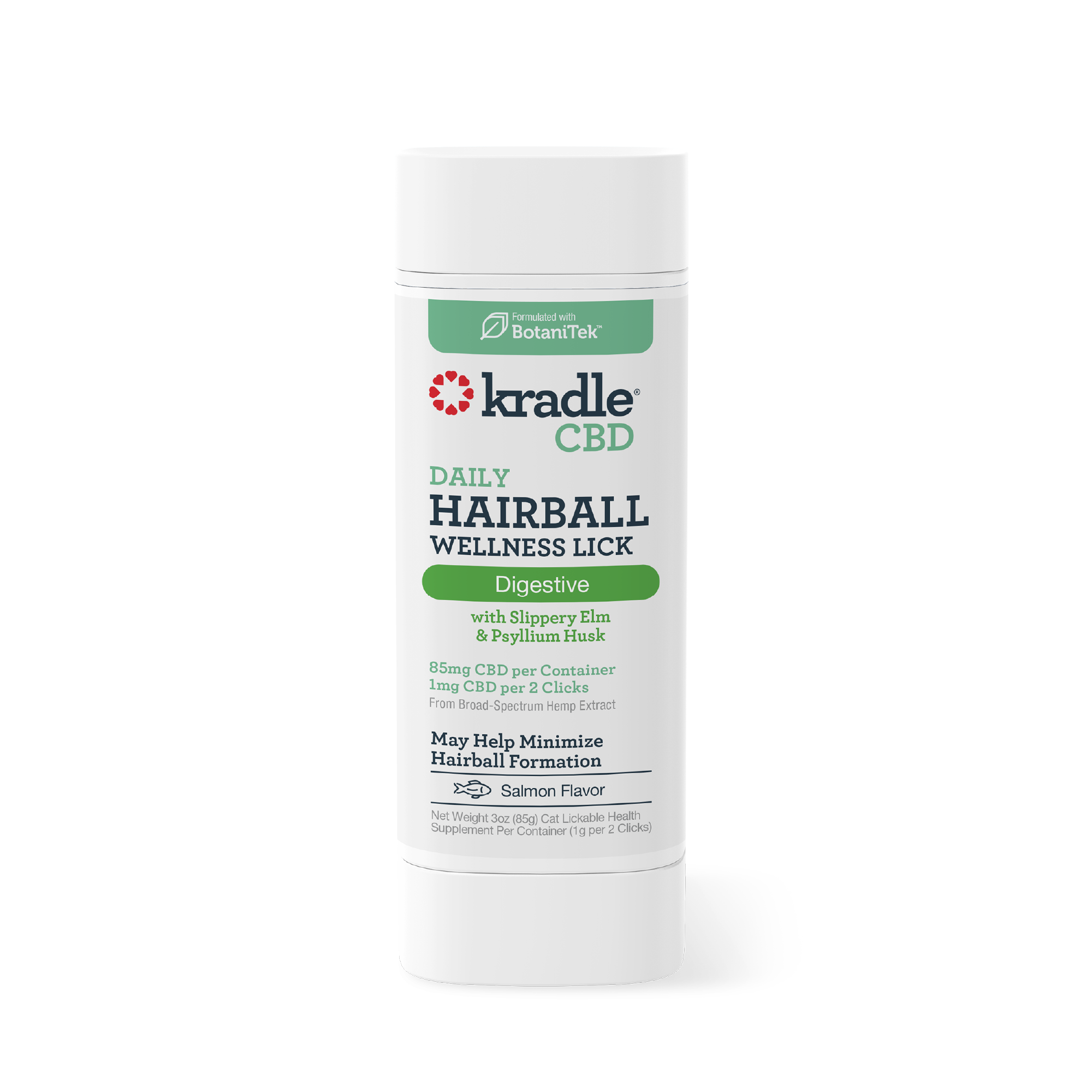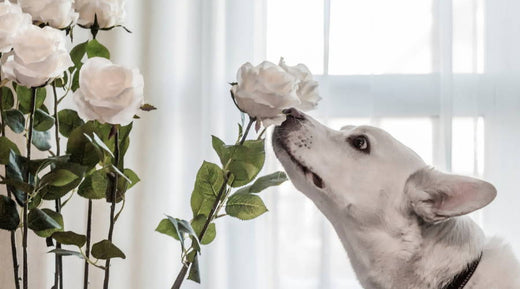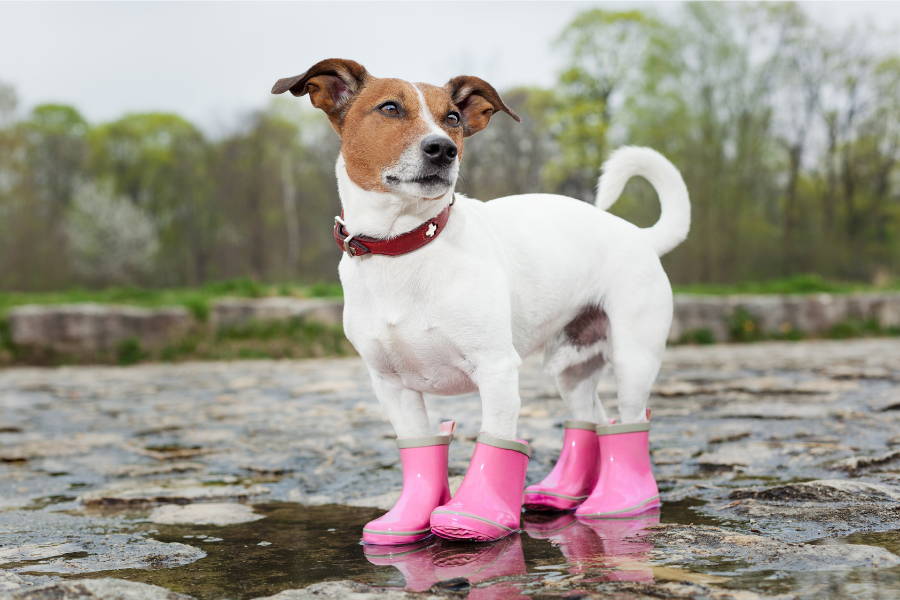
How to Calm an Anxious Dog: A Guide for Pet Parents
When your dog paces, pants, follows you closely, or hides, it can be painful to witness. Anxious dog behaviors may appear in any breed or age group. Watching your pup struggle is like seeing a friend face fears they cannot share. Are you searching for how to help a dog with anxiety? This guide will walk you through immediate steps and longer-term ways to build calm.
Understanding Dog Anxiety

What is Dog Anxiety?
Dog anxiety is an intense state of fear or stress. At times, it connects to a specific trigger like fireworks, thunder, or being left alone. Other times, it appears as general nervousness. The goal is to lower what feels like a “threat level” and guide calmer reactions through steady practice.
To learn how to calm a dog down instantly, start by keeping a simple journal for one week. Track anxiety episodes in a journal with triggers and what helped. Have your vet check for pain, stomach issues, thyroid, or sensory changes. These notes reveal patterns that make planning easier and are at the heart of how to reduce anxiety in dogs.
Common Causes of Dog Anxiety
• Separation from family members
• Noise sensitivities (storms, construction)
• Change (moves, travel, schedule shifts, visitors)
• Past experiences (limited socialization, trauma)
• Ageing (cognitive and sensory changes)
Also, seasonal changes can affect your pet’s anxiety and make your dog more uneasy than usual.
Recognizing the Signs of an Anxious Dog
Panting, pacing, trembling, wide eyes, tucked tail, whining, chewing, accidents, clinginess, hiding, or refusing food.
Immediate Calming Techniques
Create a Safe Space
Wondering how to calm a dog down? The first step is to prepare a cozy “den” (a covered nook, an open-door crate, or a quiet room) with bedding and a favorite chew toy. Use white noise, dim lights during storms, and offer it before stress starts.
Physical Comfort and Touch
Gentle massage of the head, neck, or paws can relax some dogs. A calming wrap may work when it fits well. Only use it when your dog accepts it, never by force.
Music and Sound Therapy
Soft rock or reggae at a low level may calm dogs. Avoid loud or sharp tracks since the ears are sensitive.
Mental Stimulation and Distraction
Sniffing or licking lowers arousal. Use a snuffle mat, puzzle feeder, or lick mat. Simple games like hand targets or “touch” help channel nervous energy.
Groom Your Dog
Short brushing with small treats can soothe. Keep it brief to avoid overstimulation.
Build Your Dog’s Confidence
Reward small successes and simple cues. Add “confidence” obstacles in tiny, supported steps.
Teach Your Dog to Settle
Create a relaxation mat. Lure into a down and reward calm breathing or soft eyes. Add the “settle” cue once relaxation is steady.
Give Your Dog Plenty to Do When They’re Alone
Rotate puzzle feeders and safe chews. A worn T-shirt with your scent can comfort during absences.
Never Punish After the Fact
Avoid scolding for old messes since your dog will not link it. Redirect in real time and manage the setup.
Never Force Your Dog to Face Their Fears
Flooding a dog with what they fear can make anxiety worse. Stay near their comfort zone and progress slowly.
Long-Term Strategies for Dogs' Anxiety Management
Exercise and Mental Stimulation
Walks, sniff-aros, play, and puzzle toys each day help burn stress hormones. Pairing physical activity with brain work is a core piece of how to help a dog with anxiety.
Desensitization and Counterconditioning
Begin with very soft triggers (distant noise, quiet recordings, far dogs). Move closer only when your dog stays relaxed. Pair each exposure with high-value rewards so “scary” predicts “good.”
Consistent Training & Routine
A steady rhythm for meals, potty, walks, and rest reassures nervous dogs. Training tips for anxious dogs also support separation issues, showing your dog you always return. Basic cues build trust and confidence.
Natural Remedies
Natural Calming Aids
Many pet parents ask, “what can I give my dog for anxiety at home?”. Dog-friendly calming chews or supplements may help within a broad plan. Kradle products use our BotaniTek™ blend to support calm inside. If you’ve asked yourself, “What can I give my dog to calm him down?”, explore CBD for pets, such as CBD calming chews for dogs or CBD all day calming bone, and always consult your vet.
Many pet parents also wonder, “What can I give my dog to calm him down naturally?”, and the safest approach is to speak with a veterinarian first.
The Do’s and Don’ts of Calming Your Dog
Do’s
-
Build a steady daily routine with walks, meals, and enrichment.
-
Try a massage or a calming wrap in storms if your dog accepts it.
-
Play calming music at low levels. Read more calming music guidance here.
-
Offer massages to make them calm.
-
Provide Kradle products to calm and comfort dogs from the inside out.
Don’ts
-
Pass your stress to your dog. If your own rhythm breaks, many dogs grow edgy too.
-
Wrap or restrain if they resist.
-
Play loud or harsh tracks that overwhelm sensitive ears.
-
Smother with attention. Honor body language and space.
-
Use human items or any product with THC.
When to Seek Professional Help
Professional Interventions
Book a veterinary check to rule out pain or health issues and to design a plan. For deep fears, reactivity, or separation stress, seek a certified trainer or behaviorist. In strong cases, your vet may add medication to training, a safe path for how to calm a stressed dog. If you live with an older dog, follow the tips on how to handle anxiety within senior pets.
Creating a Peaceful Home for You and Your Pup
If you are searching how to calm an anxious dog, start with steady routines and a safe space. Give your dog calming outlets like sniffing or gentle licking activities. Work slowly with desensitization and counterconditioning. Spend a few minutes each day helping your dog relax on a mat. Natural remedies for dog anxiety, selected with advice from your vet, can be used together with training. What makes the biggest difference is your steady presence. Move at a gentle pace. Share calm breaths with your dog. Recognize and praise each small success.
FAQs
What are the first signs of anxiety in a dog?
Restlessness, panting, trembling, drooling, tucked tail, ears back, hyper alertness, accidents, or refusing meals. Tracking patterns guides your plan.
How to calm a dog down instantly?
There is no instant switch, but you can act quickly. Guide your dog to their safe spot, dim the lights, play calm music softly, give a lick mat or snuffle toy, and cue the relaxation mat you taught.
What can I give my dog for anxiety at home?
You can try creating a calm environment, using soothing routines, and giving natural calming supplements like CBD formulated for dogs to ease their stress.
Are calming supplements like CBD safe for dogs?
Yes, CBD supplements made specifically for pets are generally safe when sourced from reputable brands and used as directed—always check with your vet first.
Will my dog's anxiety go away on its own?
Some mild anxiety may improve with time and training, but ongoing or severe anxiety usually needs consistent support, such as behavior techniques and calming aids.
What can I give my dog for anxiety?
Work with your vet. They may suggest supplements made for dogs, a behavior plan, or medication when needed. Do not use human products or THC.
What can I give my dog to calm him down naturally?
Talk with your vet about gentle options like calming chews with botanicals, broad-spectrum CBD with no detectable THC, or pheromone tools. Always pair natural aids with steady training and routine.

